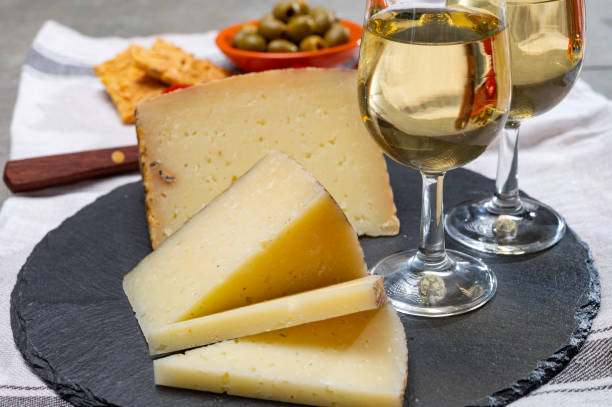In the ever-evolving landscape of the wine industry, innovation management plays a pivotal role in determining the success and sustainability of businesses. With changing consumer preferences, emerging technologies, and global market dynamics, wineries face the challenge of staying relevant and competitive. The question arises: Should the focus be on the front end, the customer-facing aspects, the back end, the operational and production processes, or a comprehensive strategy that addresses both fronts?
Front-End Innovation:
Front-end innovation in the wine business revolves around customer experience, marketing strategies, and product development. It’s about understanding consumer preferences, anticipating trends, and creating a brand image that resonates with the target audience.
- Consumer-Centric Product Development: To succeed in the competitive wine market, wineries must continuously introduce new and exciting products. This involves experimenting with grape varieties, fermentation techniques, and aging processes. Front-end innovation calls for a deep understanding of consumer preferences, allowing wineries to create unique and appealing products that capture the market’s attention.
- Branding and Marketing Strategies: Effective branding and marketing are essential components of front-end innovation. Wineries need to establish a strong brand identity that communicates their values and story. Social media, influencer marketing, and immersive experiences such as virtual tastings contribute to building a brand that engages consumers on a personal level.
- Customer Experience Enhancement: The wine industry is not just about the product; it’s about the entire experience. Front-end innovation includes efforts to enhance the customer experience through tasting room ambiance, educational events, and personalized interactions. Technology, such as augmented reality for virtual tastings or AI-driven recommendations, can elevate the overall customer experience.
Back-End Innovation:
While front-end innovation focuses on customer-facing elements, back-end innovation centers on improving operational efficiency, production processes, and supply chain management.
- Sustainable and Efficient Production: Winemaking involves intricate processes, and back-end innovation aims to streamline these processes for efficiency and sustainability. Adopting advanced technologies like precision viticulture, automated fermentation control, and eco-friendly packaging can reduce costs and minimize environmental impact.
- Data-Driven Decision-Making: In the digital age, data is a powerful tool for informed decision-making. Back-end innovation involves implementing data analytics to optimize inventory management, production scheduling, and distribution channels. This not only improves efficiency but also enables wineries to respond swiftly to market changes.
- Supply Chain Optimization: Back-end innovation addresses the entire supply chain, from grape cultivation to distribution. Embracing blockchain technology for transparent and traceable supply chains, implementing smart logistics solutions, and collaborating with tech-savvy distributors can significantly enhance the efficiency of the wine business.
Balancing Front-End and Back-End Innovation:
While front-end and back-end innovation address different aspects of the wine business, a holistic approach that integrates both is often the key to sustained success.
- Integrated Innovation Strategy: Successful wineries recognize the interdependence of front-end and back-end processes. An integrated innovation strategy involves aligning product development with operational capabilities, ensuring that the promises made in marketing are backed by the ability to deliver high-quality products consistently.
- Collaboration and Partnerships: Collaboration with technology providers, research institutions, and industry experts can facilitate a comprehensive approach to innovation. Wineries can leverage external expertise to enhance both the customer experience and production processes. For example, partnering with research institutions can lead to breakthroughs in winemaking techniques, while collaborations with tech companies can bring innovative marketing solutions.
- Continuous Learning and Adaptation: The wine industry is dynamic, with trends evolving and consumer preferences shifting. Wineries that embrace a culture of constant learning and adaptation are better positioned to navigate uncertainties. This involves monitoring market trends, gathering customer feedback, and staying abreast of technological advancements that could impact both front-end and back-end operations.
Innovation management in the wine business is not a one-size-fits-all concept. It requires a nuanced understanding of the industry, a keen awareness of consumer trends, and a strategic blend of front-end and back-end innovations. By addressing customer preferences, improving operational efficiency, and adopting a comprehensive approach, wineries can position themselves as leaders in an ever-evolving market. The key lies in striking the right balance between creating a captivating brand image and ensuring that the operational backbone can support and sustain the promises made to consumers. Ultimately, innovation in the wine business is about crafting an authentic and compelling narrative that resonates with the market while simultaneously optimizing internal processes for long-term success.




